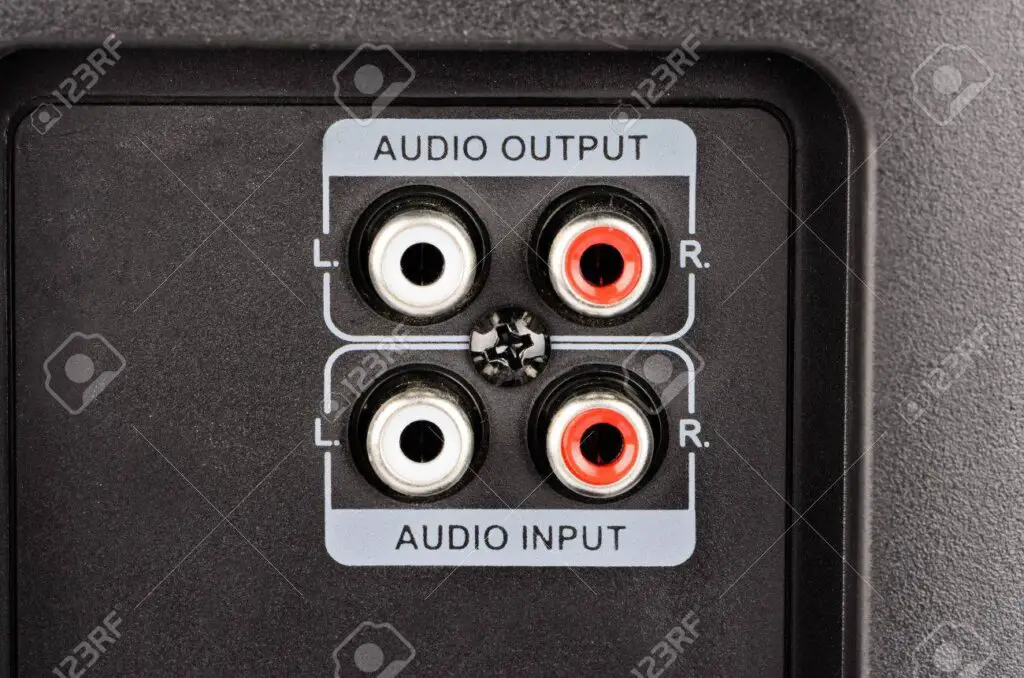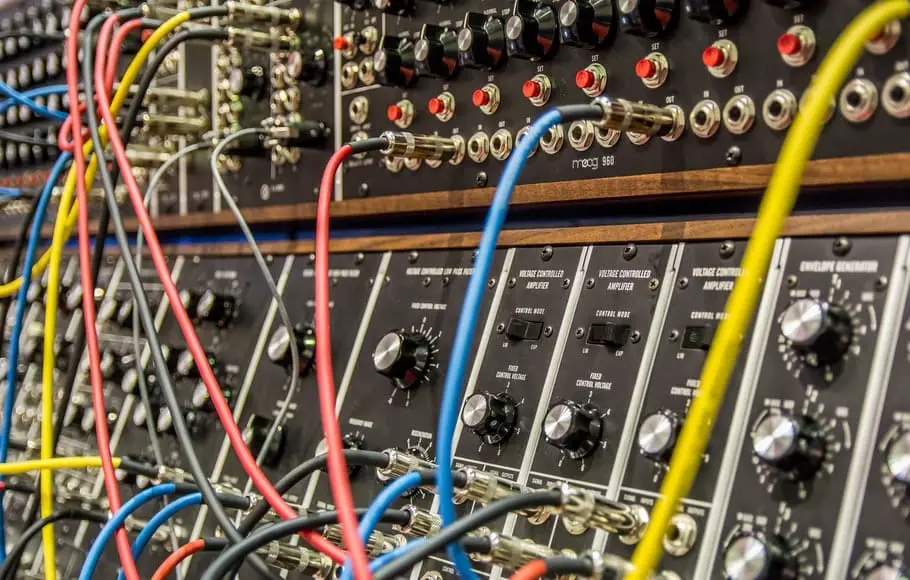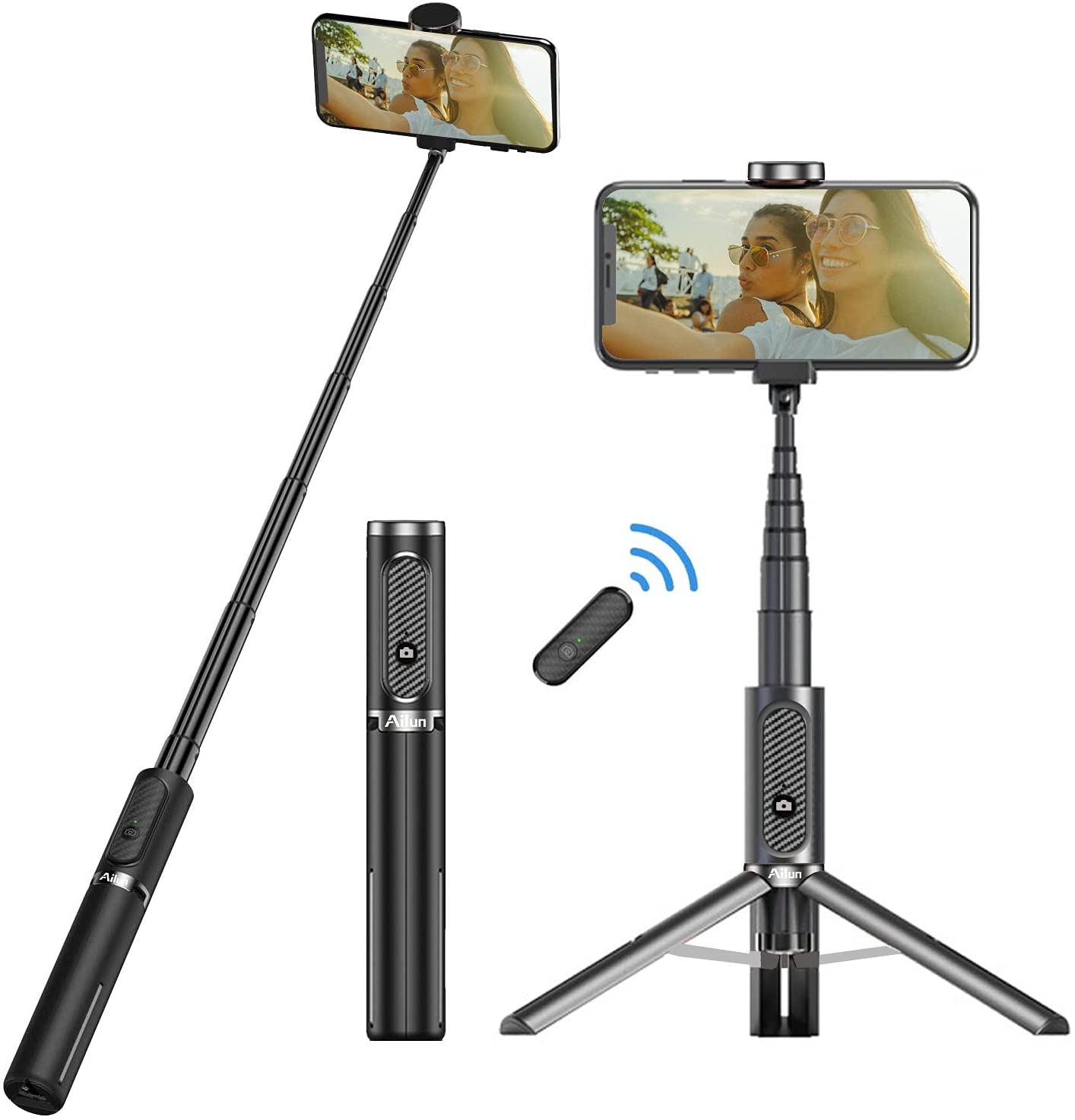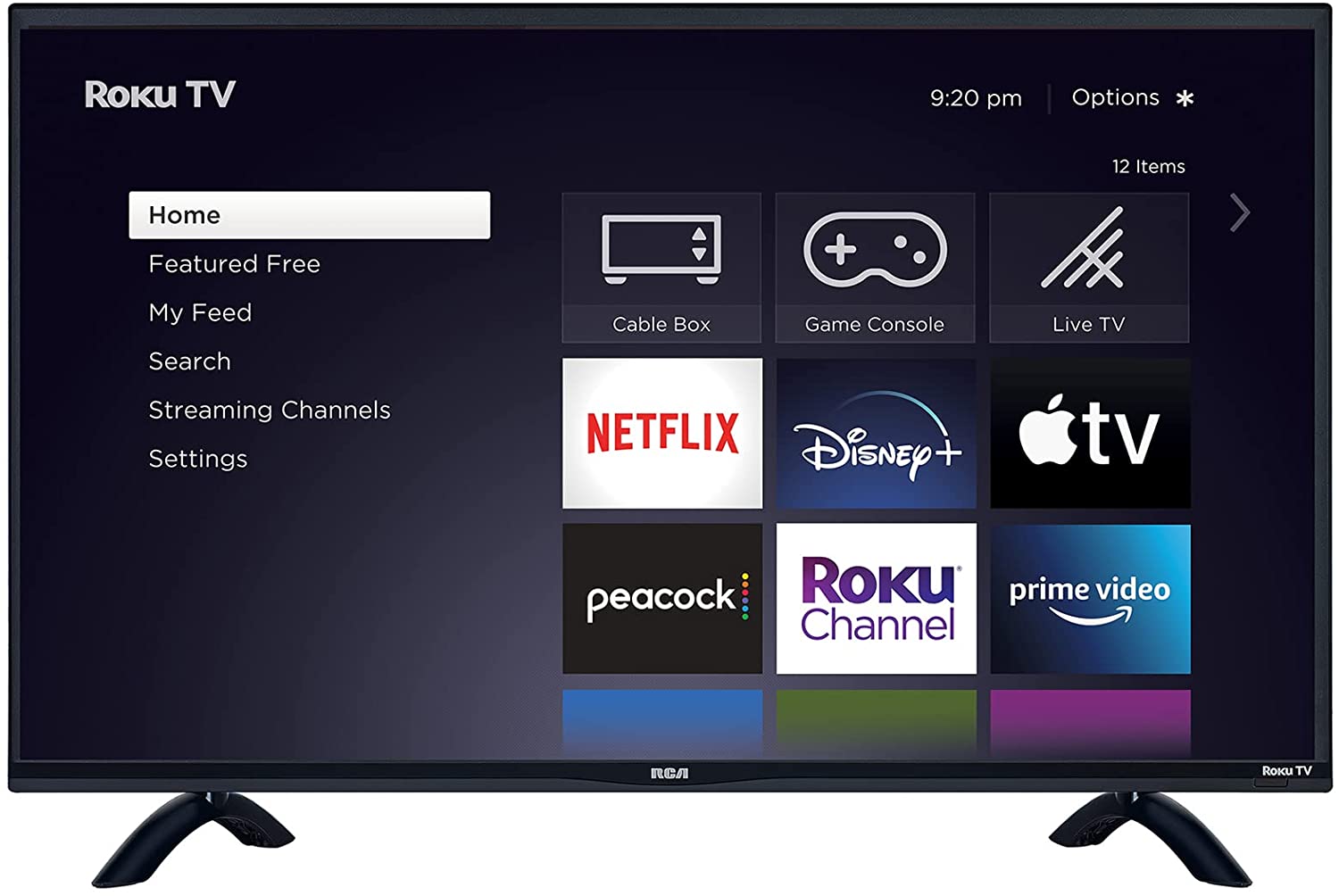Apparently, you’ve used pretty many electronic devices, and so you should be conversant with “Audio in” and “Audio out” labels.
You see these labels on your TV, soundbar, home theater, AV receivers, and many other audio/video equipment and devices.
If you’ve been the one connecting your devices, definitely, you must have understood the difference between audio input and audio output.
What is audio input and audio output? It means what it reads in your mind; the audio in receives audio signals, while audio out sends out signals.
However, if this is going to be your first time to actually pair up your devices, you may be wondering where to plug in your audio cable(s).
This article clearly explains how you can connect your audio devices to your TV or any other device via the audio input/output ports.
These ports are included in your device for a purpose, and if you do not connect the audio cables correctly, you won’t hear or transmit any sound. So, how do you do this?
Table of Contents
What Is Audio Input And Audio Output?
As you just read it out, whatever it interprets in your head, is what it actually means. The audio input ports you see on electronic devices indicate the ports where you should connect an audio cable that’s carrying sound from other devices to play it on the device.
Confused? You don’t need to, here’s a practical illustration using a TV and a sound system (soundbar or home theater).

Definitely, your TV has “Audio In” ports, and some TV s also have “Audio Out” ports. Now, the same applies to your sound system (soundbar or home theater).
In other to send the audio that’s playing on your TV to your speaker, you need to connect an audio cable into the “Audio Out” port on your TV, and then connect the other end of the audio cable into the “Audio In” port on your soundbar or home theater.
Clear enough? This connection means you’re sending out audio from your TV (through the Audio Out port) to your sound system (through the Audio In) port. So, all sound and audio from your TV would now be heard from the connected speaker.
Fair enough?
In the same way, if you connected the audio cable into the “Audio Out” port on your soundbar and plug in the other cable end into your TV’s “Audio In” port, it means you’re trying to send out audio from your soundbar to your TV; so, the sounds from your soundbar will now play through the TV’s built-in speaker.
However, there are two major types of Audio Output/Input ports; it is input you understand how the variation works; that’d help you to set up your home audio perfectly.
Types of Audio Output and Input
Basically, there are two types, which are Analog and Digital. As you may guess, analog output has been existing since the 1940s, so, mostly, that’s what you’d see on many devices (if not all).
On the other hand, digital audio starting evolving after the advent of HDMI 1.4, which introduced a feature known as ARC – Audio Return Channel. With this technical advancement, most modern TVs now support digital audio transmission via HDMI.
So to say, Analog audio uses RCA cable, coaxial cables, speaker wires, and AV cables, while Digital Audio runs through HDMI, USB, Optical, TOSLINK, SPDIF coaxial, and Displayport.
How To Run Analog Audio Connection Between TV and Sound System

- Firstly, you need to check the type of audio ports supported on your TV and sound system, then go on to get the respective audio cable; mostly, it’s usually RCA connectors – so you need to get RCA cables.
- Connect one end of the cable to your TV’s audio-out port and connect the other end into the audio in of your sound system
- Be careful of the R and L labels; make sure you connect the White cable to the “L” connectors and the Red cable into the “R” connections. Actually, the R and L stands for Right and Left surround sound.
Note: If you’re using a hardware player like a DVD or Blu-ray player, you should connect the audio cable into the “Audio In” of your hardware player, then run another audio cable connection to transfer sound from the DVD or Blu-ray player to your speaker.
In essence, you’d have to connect an audio cable into the “Audio Out” of your hardware player, and then connect the other end(s) of the cable to the Audio In of your sound system.
If you have an ordinary speaker, simply plug the speaker wires into the terminals provided at the back of your hardware player.
How To Run Digital Audio Connection Between TV and Sound System
If what you’ve got is digital audio ports, that’s not a problem, the connection is straightforward.
- If you’d want to use HDMI, then you must ensure that both your TV and the sound system you’re connecting to, supports HDMI ARC. Unless, both the TV and sound system supports HDMI ARC, you won’t hear any audio after the connection. To check if your devices support ARC, simply check the manuals or turn the rear of the devices – if you could see an HDMI port labeled ARC, that’s it – your device supports it. So, get your HDMI cable and continue with the steps below.
- Connect the HDMI cable into the HDMI port labeled ARC on your TV, repeat the same on your soundbar or HDMI home theater and you’re done!
In contrast, if your two devices do not support HDMI ARC, use optical connection; most TVs and sound systems feature an optical connection port.
Even worse, you could switch to an analog connection and use RCA cables (since practically all audio devices support analog inputs/outputs).
What More?
This article has clearly explained the difference between Audio In and Audio Out ports, as wells as provide clear guides as to how you can run analog and digital audio connections.
Definitely, a TV, DVD, Blu-ray, or Soundbar must feature at least one digital or analog audio input and audio output connector; so, there’d always be a way to connect your devices for sound transmission.




